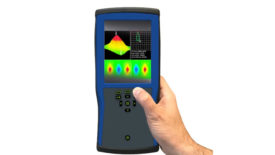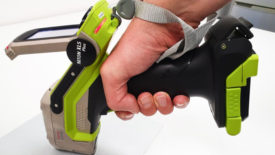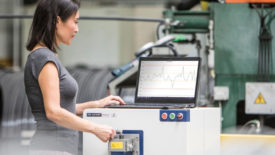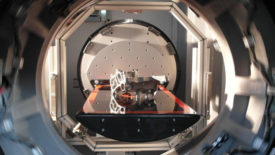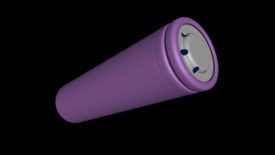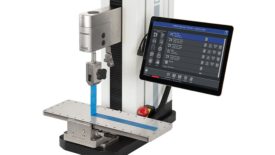Featured on Home Page
NDT | Eddy Current
Eddy current provides a balance of speed, reliability, cost effectiveness, and versatility.
Read More
NDT | XRF
How to Measure Metal Coating Thickness Using Handheld X-ray Fluorescence Analyzers
Handheld XRF is an indispensable tool in quality assurance that provides multiple benefits.
February 8, 2022
NDT | LIBS
How to Evaluate Accuracy and Why You Should Calculate the Error Margin of Spectroscopy Measurements
We must be able to estimate the error in a spectroscopy measurement to assure ourselves, and our customers, of the true composition of the material.
February 8, 2022
NDT | Computed Tomography
How Nondestructive Testing is Driving Sustainable Quality in the Automotive Sector
NDT techniques are available that are just as quick as destructive methods but also offer a more sustainable use of raw materials.
February 8, 2022
NDT | Computed Tomography
Computed Tomography's Solution to Battery Safety Concerns
A battery is a great example of the value of CT compared to simple radiography.
February 8, 2022
NDT
Quality 101: The Advanced Force Tester
Assuring Material Properties Through Material Testing
February 8, 2022
Speaking of Quality | Jane D. Keathley
Process Innovation or Innovation Process?
Using new information, technology, and/or knowledge is the distinguishing factor for innovation.
February 8, 2022
Face of Quality | Jim L. Smith
Elusive Quality: Quality Doesn't Just Happen
February 8, 2022
From the Editor | Darryl Seland
Indecision: From Aristotle and Buridan to Metastability and Digital Circuits.
February 8, 2022
Software & Analysis
Manual Data Entry And Its Effects On Quality
Let's look at the scary truth behind manual data entry as it relates to the calibration process.
February 1, 2022
Stay in the know with Quality’s comprehensive coverage of
the manufacturing and metrology industries.
eNewsletter | Website | eMagazine
JOIN TODAY!Copyright ©2024. All Rights Reserved BNP Media.
Design, CMS, Hosting & Web Development :: ePublishing
